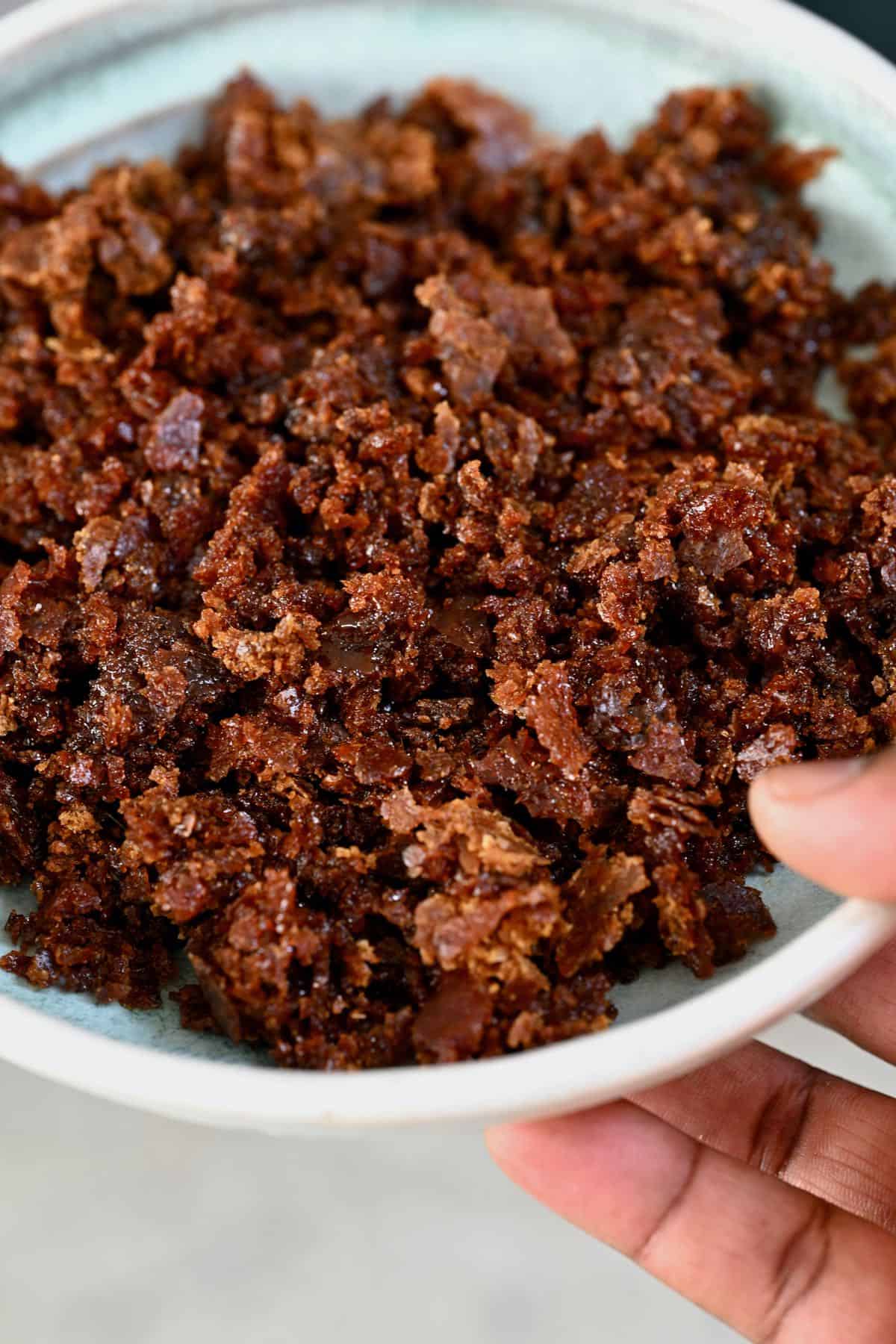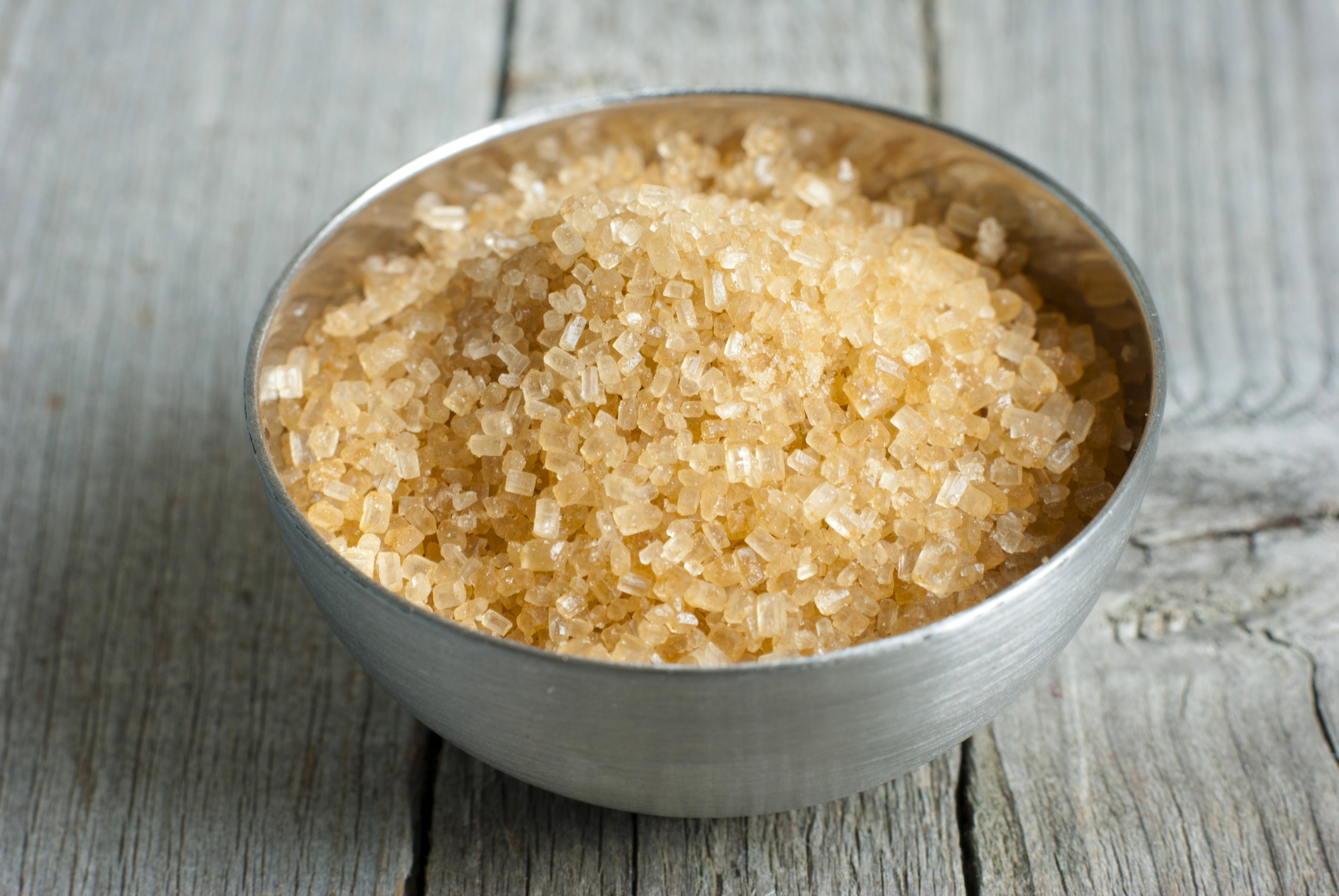Cane Sugar Processing: Innovative Techniques for High Quality Manufacturing
Wiki Article
Understanding the Essential Strategies and Technologies Used in Modern Cane Sugar Handling
The advancement of walking cane sugar handling has been substantially formed by the integration of innovative techniques and technologies that attend to both performance and sustainability. As we explore these vital developments, it comes to be important to analyze exactly how they not only enhance manufacturing yet likewise line up with broader industry fads and customer demands, raising inquiries concerning the future of sugar handling and its ramifications for worldwide markets.Historical Context of Cane Sugar Handling
The historic context of walking stick sugar handling exposes a rich tapestry of agricultural advancement and cultural exchange that has shaped its advancement over centuries. Coming From Southeast Asia, sugarcane was grown as early as 8000 BCE - Cane Sugar Processing. The procedure of improving and removing sugar gained momentum in India, where techniques for crystallization were refined around the sixth century. This knowledge passed through to the Center East, and by the 12th century, sugar ended up being a valued asset in Europe, leading to the establishment of sugar ranches in the Mediterranean.
Advanced Removal Strategies
Effectiveness in cane sugar removal has actually seen considerable developments, driven by the need for greater returns and lower manufacturing prices. This strategy not only boosts sugar return but additionally decreases the power required for handling.In addition, the adoption of membrane layer filtration innovations, such as nanofiltration and reverse osmosis, has actually revolutionized the separation of sugar from contaminations. These methods enable for the discerning permeation of sugar molecules while maintaining bigger contaminants, enhancing the removal process and reducing waste.
In addition, the integration of continuous removal systems has actually led to enhanced functional performance. Cane Sugar Processing. These systems maintain a continuous circulation of cane material, making sure optimum extraction conditions and minimizing downtime linked with batch processing
Cutting-edge Refining Technologies
Refining strategies in cane sugar processing have gone through a transformative shift, driven by the demand for greater pureness and improved product quality. Among the most significant innovations is the adoption of membrane filtering modern technologies, such as ultrafiltration and nanofiltration. These procedures effectively remove contaminations and colorants without the need for substantial chemical treatments, consequently maintaining the sugar's all-natural taste and boosting its allure.Another substantial improvement is the use of ion exchange resins, which enable careful elimination of undesirable ions from sugar solutions. This innovation not only increases the total purity of the last product but also adds to reduced waste and ecological effect.
Additionally, developments in adsorption techniques, using activated carbon and various other advanced materials, have actually verified effective in decolorizing sugar options while maintaining optimum high quality. The integration of these innovative refining modern technologies makes certain that manufacturers can create polished sugar with premium clarity and taste, fulfilling the evolving preferences of consumers.
Automation and Control Solution
Recent improvements in refining innovations have actually paved the method for substantial enhancements in automation and control systems within cane sugar handling centers. These systems utilize sophisticated software and hardware to enhance operational efficiency, decrease human error, and make sure regular item top quality.Modern automation incorporates different elements, including sensors, actuators, and programmable logic controllers (PLCs), enabling real-time monitoring and control of essential procedures. For circumstances, pressure, circulation, and temperature level rates can be precisely managed throughout learn this here now removal, explanation, and crystallization stages, optimizing performance and reducing waste.
In addition, progressed information analytics and machine learning algorithms play an essential role in anticipating maintenance, enabling operators to prepare for devices failings prior to they occur. This positive technique not only minimizes downtime but likewise expands the lifespan of machinery.
On top of that, automation facilitates the execution of Sector 4.0 concepts, empowering sugar mills to attain higher connectivity and information exchange throughout processes. Consequently, decision-making comes to be more agile and educated, inevitably boosting the total competitiveness of walking stick sugar production. With these advancements, the industry is well-positioned to satisfy growing global needs while keeping operational excellence.
Sustainability Practices in Sugar Manufacturing
Sustainability techniques in sugar production have actually come to be increasingly essential as the market looks for to stabilize financial viability with environmental duty. As customer awareness grows relating to the environmental effects of farming practices, sugar producers are taking on innovative techniques to lower their ecological footprint.One significant technique is the implementation of accuracy agriculture methods, which make use of data analytics to maximize source use, such as water and plant foods. This decreases waste and decreases the effect on regional environments. Furthermore, lots of producers are transitioning to renewable energy resources, such as biomass from sugarcane byproducts, to power their procedures, thus reducing reliance on fossil gas.
Water administration practices are likewise essential; rain harvesting and effective watering systems help mitigate water scarcity concerns. Cane Sugar Processing. In addition, incorporated pest administration strategies minimize chemical usage, advertising biodiversity and dirt health and wellness
Business social responsibility efforts are emerging, with firms buying regional neighborhoods and ensuring fair labor practices. By welcoming these sustainability practices, the sugar you can try here industry not only improves its credibility but also adds to a much more lasting agricultural landscape, leading the way for future generations.

Conclusion
In summary, modern walking stick sugar handling integrates a range of advanced strategies and modern technologies that significantly boost performance, yield, and sustainability. The fostering of ingenious removal and refining techniques, together with automation and control systems, promotes enhanced functional performance and product top quality. Additionally, the focus on lasting practices highlights a dedication to decreasing environmental effect and advertising ethical manufacturing. Jointly, these developments place the cane sugar industry to satisfy modern needs while addressing important global difficulties.The evolution of walking stick sugar processing has been substantially shaped by the combination of sophisticated methods and modern technologies that resolve this contact form both efficiency and sustainability.The historical context of walking stick sugar processing reveals a rich tapestry of farming innovation and cultural exchange that has actually formed its development over centuries. Advancements in milling and refining arised, laying the groundwork for contemporary cane sugar processing.Refining methods in cane sugar handling have undertaken a transformative change, driven by the need for higher purity and enhanced item top quality.In summary, contemporary walking stick sugar handling includes a range of innovative methods and innovations that substantially improve sustainability, yield, and effectiveness.
Report this wiki page